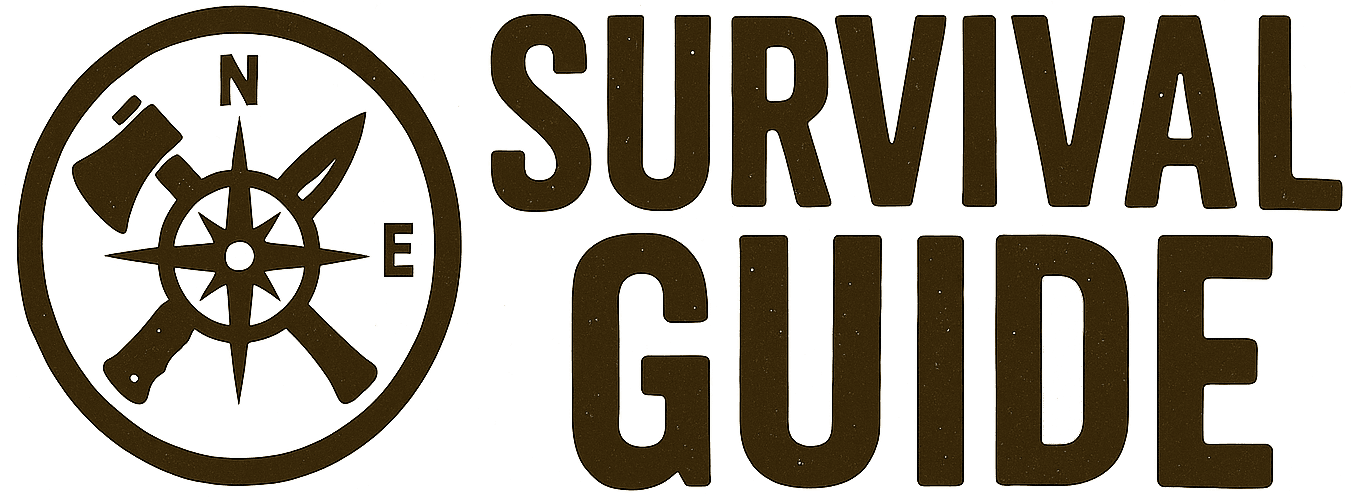When the shelves go bare and the supply chains fail — and they will — those who’ve prepared won’t be scrambling for crumbs. They’ll be the ones feeding their families while others queue for rations. If you’re serious about survival, building a long-term food storage system isn’t just wise — it’s essential.
But this isn’t just about stockpiling cans and hoping for the best. Real preparedness means storing food that lasts, remains nutritious, and won’t rot away in your basement. Here’s how to do it right, without wasting money or space.
Why Long-Term Food Storage Matters
Modern life has made us soft. The average city supermarket keeps just three days’ worth of food on its shelves. One natural disaster, one cyberattack on the grid, or one economic collapse, and everything changes overnight.
With proper food storage, you can:
- Feed your family through months (or even years) of disruption.
- Avoid price hikes and food shortages.
- Stay independent when systems fail.
The key is to store the right foods, in the right conditions, with the right methods.
The Foods That Actually Last
Not all food is equal when it comes to storage. Forget the perishables — you need items that stay edible for years or decades.
Here’s what experienced preppers build their stockpiles with:
- Grains: White rice (30+ years if sealed), oats, wheat berries.
- Legumes: Lentils, chickpeas, black beans — protein and fibre, long shelf life.
- Powdered products: Non-fat powdered milk, powdered eggs, whey protein.
- Canned meats and fish: Tuna, salmon, chicken, spam (all high-protein and shelf-stable).
- Dehydrated and freeze-dried foods: Fruits, vegetables, full meals (last 20–30 years if sealed).
- Honey and sugar: Indefinite shelf life if kept sealed.
- Salt and spices: Vital for flavour and preservation.
- Cooking essentials: Baking soda, yeast, and fats like ghee (clarified butter) which can last years.
Avoid:
- Foods with high moisture and fats (brown rice, whole wheat flour) unless you rotate them regularly — they spoil faster.
How to Make It Last: The Storage Rules
Even the best foods will spoil if stored wrong. To keep your supplies viable for years, follow these golden rules:
1. Control Temperature
- Store everything in a cool, dark space (ideally 10–15°C).
- Avoid garages and sheds where heat swings can destroy shelf life.
2. Keep Oxygen Out
- Oxygen is the enemy. Use mylar bags with oxygen absorbers for grains and beans.
- Seal bags in food-grade buckets for extra protection.
3. Keep Pests Out
- Rodents and bugs can destroy months of effort.
- Buckets and sealed containers keep everything safe.
4. Rotate Your Stock
- Follow the rule: First In, First Out (FIFO).
- Use and replace food as it nears expiry — nothing goes to waste.
5. Label Everything
- Date every container.
- Track shelf life so you’re not guessing when it’s safe.
Shelf-Life Hacks Most People Miss
If you want your food storage to outlast the crisis, use these tricks:
- Vacuum sealing bulk buys (flour, sugar) slows degradation.
- Freeze grains or flour for 72 hours before storage — kills any insect eggs.
- Store in smaller portions — if one bag gets ruined, you don’t lose the lot.
- Desiccants for dry goods keep humidity at bay.
- Freeze-dried meals are expensive but unbeatable for 20+ year storage.
Water and Cooking Fuel: The Forgotten Pieces
A pantry full of rice is useless if you can’t cook or hydrate it.
- Store a minimum of 4 litres of water per person per day — more if you’re active or live in a hot climate.
- Keep a camp stove, fuel (propane, butane), and matches/lighters ready.
- Learn to cook over open flame or a rocket stove as a backup.
Building Your Stockpile in Stages
You don’t need to spend thousands overnight. Build your stockpile strategically:
Stage 1 (1–2 Weeks Supply)
- Focus on canned goods, dry grains, pasta, and bottled water.
- Store in a single, organised location.
Stage 2 (1–3 Months Supply)
- Add bulk dry goods (rice, beans, oats) in sealed containers.
- Rotate through as you cook.
Stage 3 (6–12 Months+ Supply)
- Invest in freeze-dried foods, large-scale water storage, and proper mylar/bucket setups.
- Include comfort foods (coffee, chocolate, spices) to keep morale high.
Checklist: What You Need
Storage Gear:
- Mylar bags (5–7 mil thick)
- Oxygen absorbers (300–2000cc depending on container size)
- Food-grade buckets with lids
- Permanent markers and labels
- Shelving to keep items off the floor
Food Essentials (Start Here):
- 20kg white rice
- 10kg beans/lentils
- Assorted canned meat and fish (20+ tins)
- Dehydrated/freeze-dried vegetables
- 5kg sugar + 5kg salt
- Honey (2+ jars)
- Powdered milk and whey protein
Stay Ahead of the Collapse
Food is security. In a world where the grid could fail in a heartbeat, having a year’s worth of food quietly stored away is the difference between panic and peace of mind. Don’t wait until the news anchors are shouting about shortages — by then it’s already too late.
Stock smart. Rotate often. Protect your supply.
When others are scrambling, you’ll be feeding your family and sleeping soundly, knowing you prepared while there was still time.

